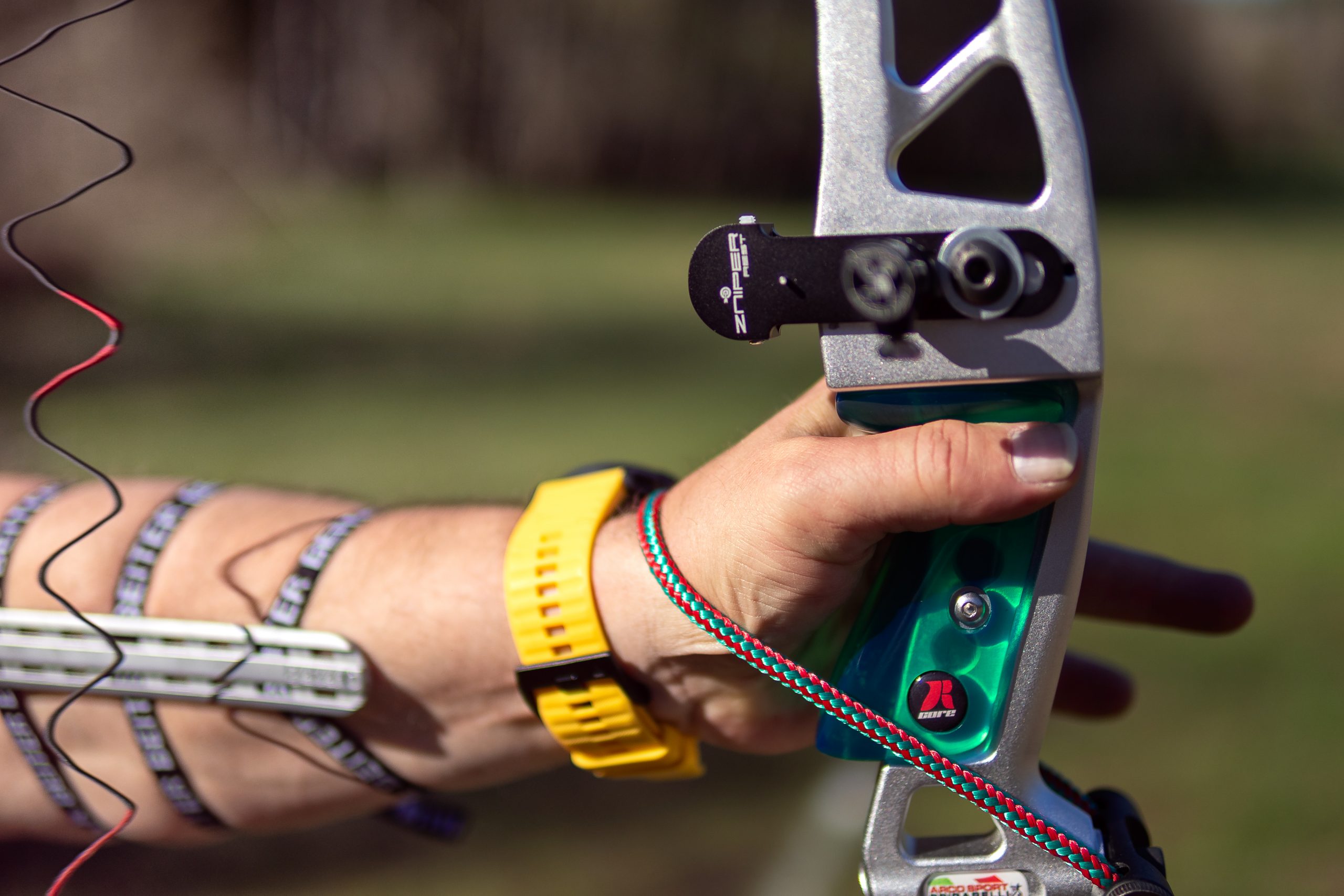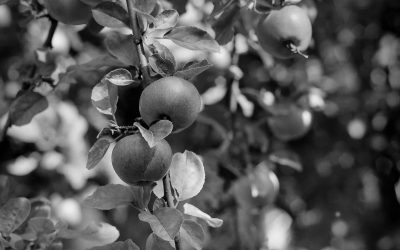For as long as digital photography has existed, the topic of sensor sizes has been a battlefield. Full-frame versus APS-C. APS-C versus Micro Four Thirds. And somewhere in the distance, medium format looms, ready to take its own swipe at the so-called ”king.” The internet is awash with heated debates, and every forum has its loyalists. But let’s take a step back: why does this argument even exist? And more importantly—why does it matter so much?
The ”Full Frame” Fallacy
The term full frame itself is misleading. It implies completion, a definitive standard, the ultimate format. But full frame is nothing more than a digital representation of the old 35mm film standard. It’s a format born out of historical convention, not some inherent technical supremacy. And if full frame is truly full, then what do we call medium format? Super-full? Mega-complete?
In reality, sensor sizes are simply different tools for different jobs. Yet, for many photographers, full frame has become synonymous with professional, and anything else is seen as a compromise. Meanwhile, APS-C and Micro Four Thirds are often labeled as ”beginner” choices, and worse yet, are frequently referred to as ’crop sensors’—as if they were merely a cut-down version of something ’complete.’ But cropped from what? The term itself assumes full frame as the gold standard, even though it’s just one of many formats, each designed for specific strengths. This reinforces the false idea that full frame is the only true standard when, in reality, every sensor format is designed with a purpose. These formats are not just for beginners—they are powerful tools in their own right, used by seasoned professionals across various genres. So the real question is: a compromise against what?
The ”Bigger is Better” Misconception
Let’s get this out of the way: yes, larger sensors have advantages. They generally offer better low-light performance and greater dynamic range. However, the commonly cited ”shallower depth of field” advantage is more nuanced—it depends on factors like focal length, aperture, and subject distance, rather than sensor size alone. What often gets lost in the discussion is that these advantages are conditional. They only matter if they align with the type of photography you do.
For instance, if you’re shooting landscapes on a tripod at ISO 100, dynamic range is relevant—but not in a way that makes APS-C unusable. If you’re shooting street photography, do you really want shallower depth of field at f/1.4, or would you rather have a bit more in focus? And let’s not forget wildlife and sports photographers who benefit from the added reach of smaller sensors, extending their reach without needing a mortgage-sized budget for full-frame super-telephoto lenses. Video shooters, too, often prefer smaller sensors due to better in-body stabilization and increased depth of field at equivalent focal lengths, making it easier to maintain focus in dynamic scenes.
The ”You’re Crazy to Switch” Argument
When I decided to switch from Nikon to Sony and, gasp, from full frame to APS-C, a photographer friend questioned my decision. Why switch? You already have a great camera and lenses! And sure, I did—but great according to what criteria? The best system isn’t about sensor size or brand loyalty; it’s about what suits your needs, workflow, and creative vision. What works for one person isn’t necessarily the right fit for another.
My choice wasn’t about chasing specs—it was about practicality. The Sony A6700 is smaller, lighter, and still delivers incredible image quality. On a recent shoot, I found myself moving quickly between locations, and having a compact, lightweight setup meant I could react faster, carry less gear, and focus on the moment rather than the equipment. It suits my workflow, my style, and my needs. And that’s what really matters.
The Real Question: What Do You Need?
If you take one thing away from this, let it be this: stop obsessing over sensor size. It’s just one piece of a much bigger puzzle. Composition, light, timing, and storytelling will always matter more than the dimensions of your sensor.
So the next time someone tells you that full frame is the only way, ask them a simple question: why? If their answer is just ”because it’s better,” then you already know they haven’t thought it through.
Shoot with what works for you. The real magic is behind the viewfinder, not inside the sensor. So instead of fixating on technical specs and arbitrary hierarchies, go out and take photos. The best camera will always be the one that lets you create without getting in your way.






0 kommentarer